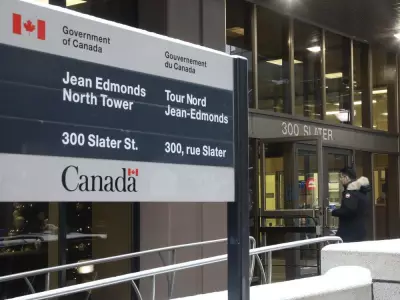
Across the Canadian federal government, a puzzling workplace divide exists. While some departments buzz with energy, innovation, and satisfied employees, others struggle with disengagement and frustration. What separates these workplace worlds, and what can we learn from the success stories?
The Great Government Workplace Divide
Recent investigations into Canada's public service reveal striking disparities in workplace quality. Some government offices have become models of efficiency and employee satisfaction, while others face persistent challenges that affect both morale and productivity.
What Sets Exceptional Workplaces Apart
The standout departments share several key characteristics that contribute to their success:
- Empowering Leadership: Managers who trust their teams and provide autonomy while offering support
- Clear Communication: Transparent decision-making and open dialogue between all levels
- Modern Work Environments: Updated facilities and flexible work arrangements
- Meaningful Work: Employees who understand how their contributions serve Canadians
- Collaborative Culture: Teams that work together effectively across departments
The Impact on Public Service Delivery
These workplace differences aren't just about employee comfort—they directly affect how services are delivered to Canadians. Departments with positive work environments typically demonstrate:
- Higher efficiency in processing applications and requests
- More innovative solutions to complex problems
- Better retention of experienced staff
- Improved responsiveness to public needs
- Stronger cross-departmental collaboration
The Challenge of Consistency
Despite these success stories, creating uniformly excellent workplaces across the entire federal government remains challenging. Different departments face unique obstacles, including:
Varying organizational cultures that resist change, budget constraints that limit improvements, and legacy systems that complicate modernization efforts. The most successful departments have found ways to work within these constraints while still prioritizing their people.
Lessons for the Future of Public Service
The experiences of high-performing government workplaces offer valuable insights for improving the entire public service. The key takeaway is clear: investing in workplace quality isn't an expense—it's an investment in better service for all Canadians.
As one public servant from a top-performing department noted, "When we feel valued and supported, we bring our best selves to work every day. That energy translates directly into better service for the people we're here to serve."
The path forward requires commitment from leadership at all levels to learn from these success stories and apply their lessons government-wide. The potential payoff—a more effective, efficient, and responsive public service—makes this effort essential for Canada's future.





